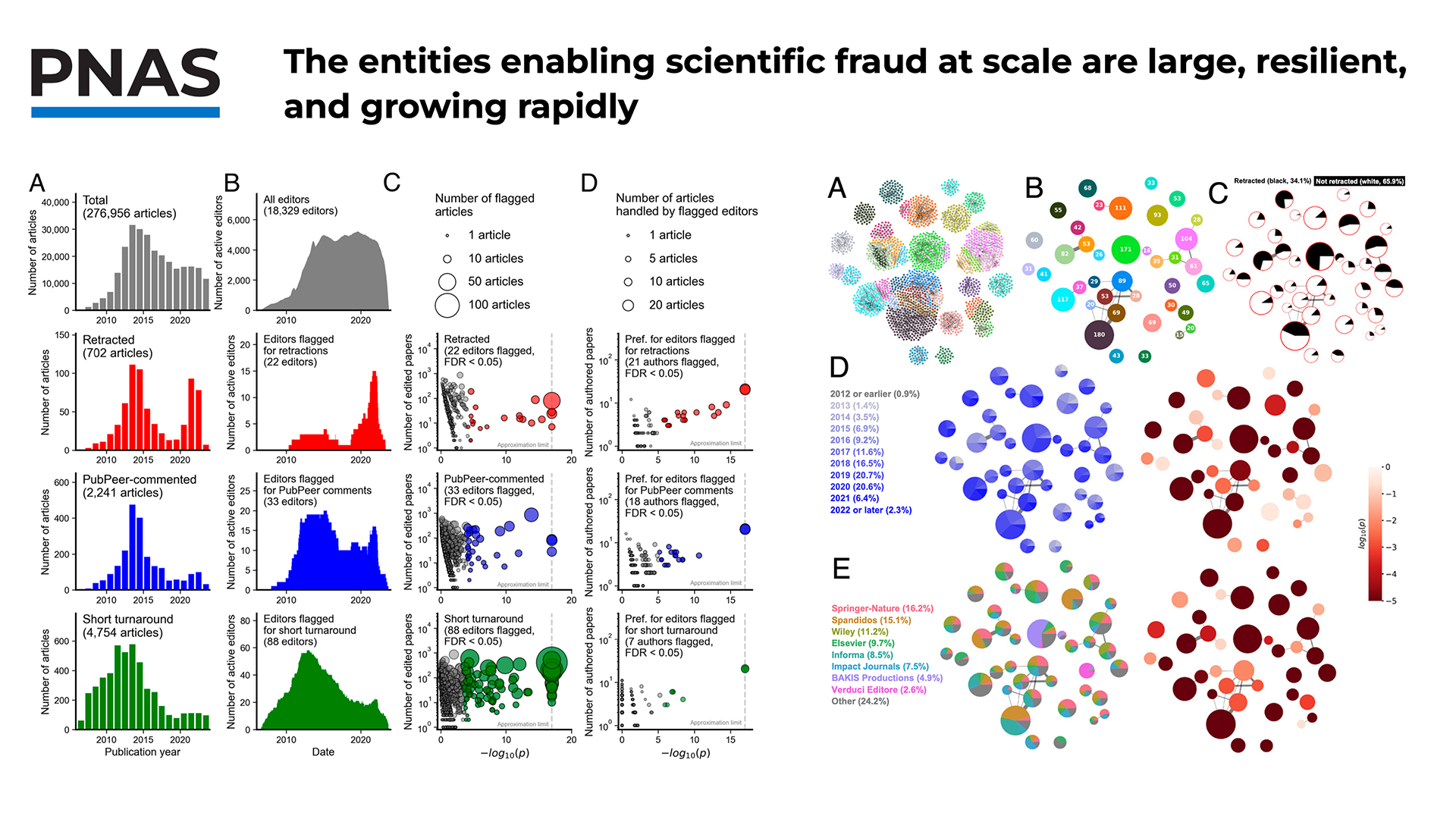The
Daily
Fix
21-18-15-12-9-6-3 reps for time:
Spiced Lamb and Cauliflower Rice Pilaf
The entities enabling scientific fraud at scale are large, resilient,and growing rapidly

Pull-ups
Push-ups
Sit-ups
Squats
A warmly spiced, one-pan lamb and cauliflower rice pilaf packed with bold flavors and finished with fresh herbs and olive oil.
Organized networks of “paper mills” and complicit editors are producing fraudulent research at a pace that outstrips current safeguards.
Then, spend 20 minutes stretching.
Post time to comments.
Ingredients
1 lb ground lamb
1 small onion, finely chopped
3 cloves garlic, minced
1 tsp ground turmeric
1 tsp ground cumin
½ tsp ground coriander
½ tsp coarse sea salt
½ tsp cracked black pepper
2 cups cauliflower florets (for cauliflower rice)
1 Tbsp butter or beef tallow (for cooking)
1 Tbsp extra virgin olive oil (for finishing)
Fresh parsley or cilantro, chopped (for garnish)
Macronutrients
Protein: 83g
Fat: 120g
Carbs: 23g
Preparation
Heat butter or tallow (1 Tbsp) in a large skillet over medium heat. Add chopped onion (1 small) and sauté until translucent, about 4–5 minutes. Add minced garlic (3 cloves) and cook for 1 minute until fragrant.
Add ground lamb (1 lb) to the skillet and cook, breaking up with a spoon, until browned and cooked through, about 8–10 minutes.
Stir in turmeric (1 tsp), cumin (1 tsp), coriander (½ tsp), salt (½ tsp), and pepper (½ tsp). Cook for another 2 minutes to let the spices bloom.
Meanwhile, pulse cauliflower florets (2 cups) in a food processor until they resemble rice grains. Add cauliflower rice to the skillet and sauté for 5–6 minutes until tender.
Remove from heat and drizzle extra virgin olive oil (1 Tbsp) over the pilaf. Garnish with fresh parsley or cilantro.
This recent PNAS study shows that large-scale scientific fraud is driven by coordinated networks of editors, authors, brokers, and “paper mills” that mass-produce and strategically place fabricated research. Case studies from journals like PLOS ONE, Hindawi, and IEEE conferences reveal that certain editors repeatedly handle fraudulent submissions, often from the same authors, and that fraudulent papers cluster by time and publisher—evidence of organized production. One group, ARDA, was found to “journal hop” when venues were deindexed, ensuring continued publication opportunities, sometimes in unrelated fields.
Fraud is especially prevalent in certain research areas, such as microRNAs, circular RNAs, and long noncoding RNAs, where retraction rates are far higher than in related subfields. Suspected paper mill output is doubling every 1.5 years—much faster than legitimate science—and already exceeds the reach of current integrity measures. The authors conclude that without robust, conflict-free systems for detection and enforcement, large portions of the scientific record risk being permanently compromised.
COMMENTS
Ring Rows
Incline Push-ups
Sit-ups
Squats
TT: 14:04
Ring rows (50”) for pull ups
Time:15:33

SATURDAY 250816